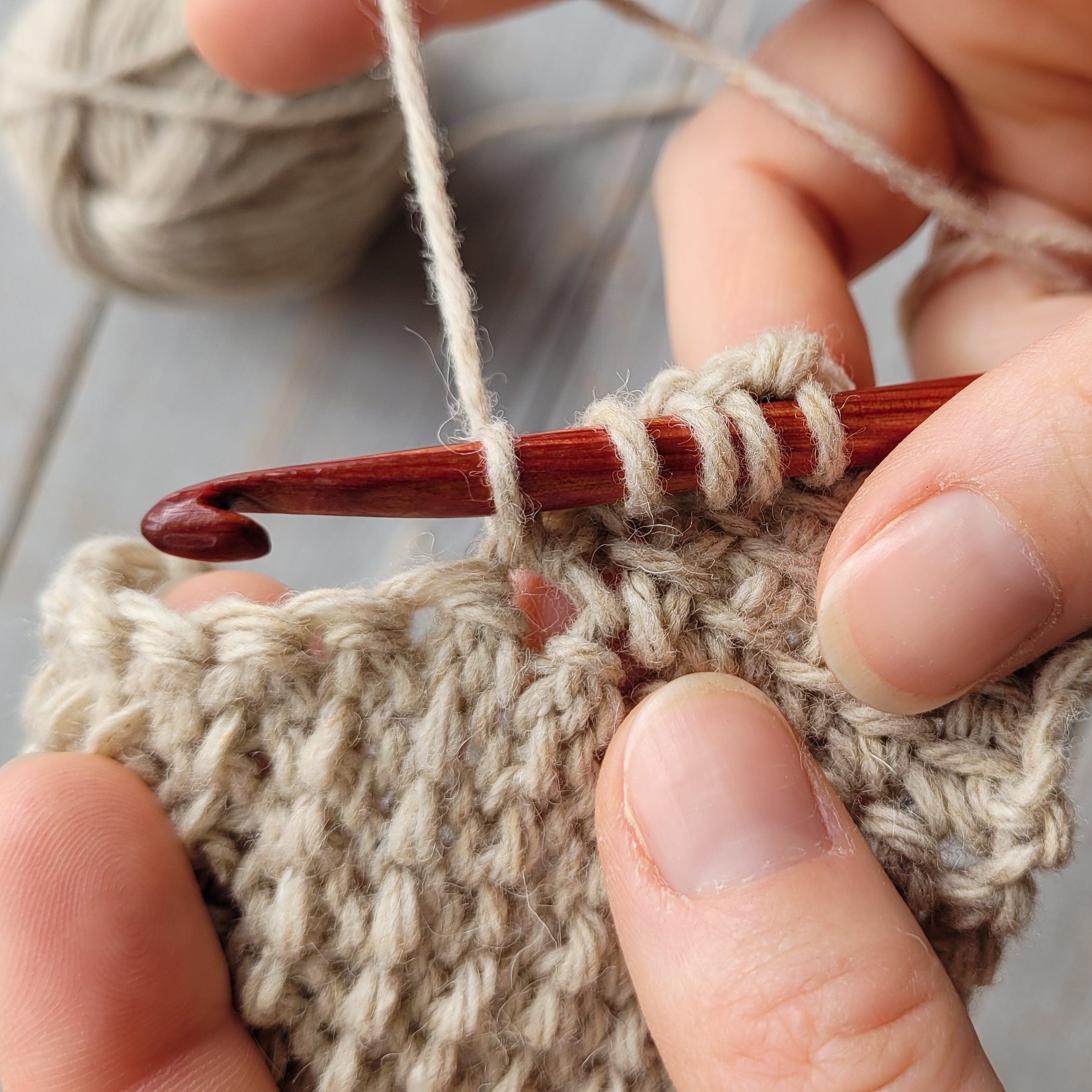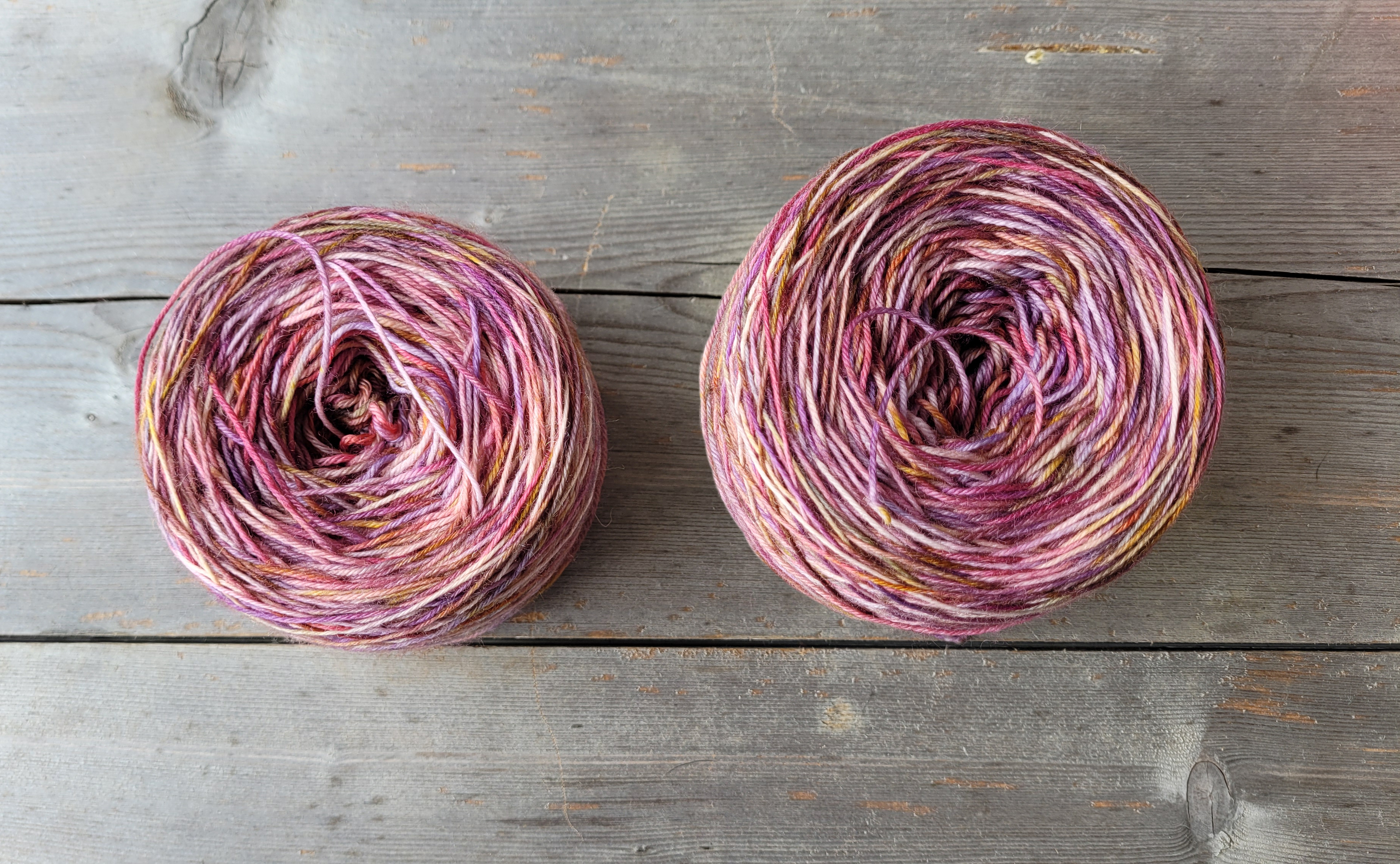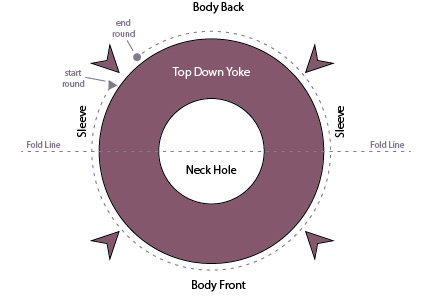
When my Mam taught me to crochet, she did so by handing me a Granny Square blanket she was working on, and teaching me to treble crochet clusters into her already beautifully crocheted fabric.
I focussed on the stitches, on how they danced around my hook, and how the fabric grew under my fingers as I crocheted towards the corner. Then she showed me how to add enough stitches to veer around it and start on the next straight side.
Because I didn’t have to struggle with magic loops or counting or seams, I was able to learn to love the craft from the moment I began, and it’s that reason I think this modified “one block” granny square pattern makes for the perfect pattern to introduce a new-comer to the craft.
Now, bare in mind crocheters, YOU will have to make the first 4 rows for your prospective crochet genius before you hand it over, but once you do, the rules simplify to a point where a beginner, even with very little crafting experience, can pick up the rhythm and crochet confidently.
Starting your gorgeous Granny Square
Note: This pattern is written using UK stitch terminology.
Make 6 chain stitches, 1 slip stitch into chain furthest from hook to make a loop.
Round 1.
Into the loop, make 1 dc, 1 htr, 14 tr.
Note: This Granny Square has NO seams at the start or end of a round. In fact, because it’s worked in an ever-increasing spiral, there technically is no start or end of a round. As my Mam says, you simply crochet this square until you either run out of yarn or run out of patience – whichever comes first.
Round 2.
Into the gap between htr and 1st tr, make [3 tr].
*sk 2 sts, work [3 tr] into next gap*, 6 times.
(This gives you 8 clusters, each with 3 trebles in them and 8 “gaps” between them.)
Round 3.
*Into next gap, make [6 tr], into next gap make [3 tr]
Repeat the above, 3 times.
Note: The 6-tr clusters are your corners, the 3-tr clusters make up the sides of your square.
Does it look a little wonky and warped? Sure!
It’s a spiral with corners after all, so it’s always going to be a little off-kilter. (Who among us isn’t a little wonky, though, right?)
But as I said in the intro, this is a great pattern to teach someone to make Granny Squares. It’s not an award winning masterpiece; it’s a starter kit.
Round 4.
Into middle of next 6-tr cluster make [6 tr], *into next gap make [3 tr]* twice.
Repeat for other the corners and three sides.
At this point, your Granny Square should have four identifiable corners, and enough gaps between clusters that your beginner has space to learn and practice.
After this, it’s simply a matter of remembering the two basic rules of Granny Square manufacture:
- When you encounter a gap, put three trebles in it.
- When you see a corner, split it in two and add 6 trebles in the middle.
Granny Squares are just pure, logical genius. So, if you follow those rules, your One Square Granny will be a success.
Once your beginner has a little practice, and muscle memory has started to develop, you can add chains between the clusters, or teach them a more complex square pattern with seamed rows, or multiple colours. But I guarantee you, this will remain a favourite thanks to its simplicity, its gorgeous texture and the fact that, with a little experience, you can carry on crocheting while watching TV and not miss a stitch!
Folks, I’m happy for you to use this pattern to teach classes and individuals.
All I ask is that if you get paid for teaching this using pattern, that you refer back to this page and link your students to it and my work.
Like what you see? Check these out!
-
 Legendary Shawls 1€20.00
Legendary Shawls 1€20.00 -
 Anansi€6.00
Anansi€6.00 -
 Finola€5.00
Finola€5.00





























































































































































